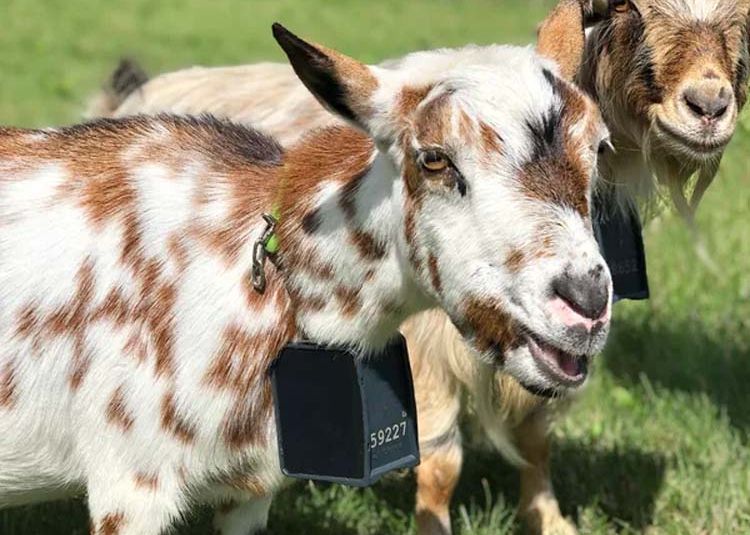Selecting the Right Veggies
The Magic of Year-Round Gardening


In many regions of the U.S., you can garden almost year-round. Many cool-season crops produce well in the fall and hold through the winter, if protected. Good crops for late summer and fall gardens include salad greens, cabbage, broccoli, kale, Brussels sprouts, carrots, leeks, beets, turnips, scallions, parsley, spinach and parsnips. If space is available in your garden, you can plant these in late summer (and more). The cool weather also can lead to a more pleasant gardening experience!
There is nothing better than homegrown vegetables. First, you must consider location and good drainage is essential. Raised beds are a great choice! If the soil in your raised beds doesn’t drain well, amend it with organic matter like compost. Don’t plant in a spot prone to early frost or exposed to the wind. Also, look for an area that gets maximum sun in the winter.
Make sure your garden is easily accessible. It’s no fun to slog through mud to harvest your crops.
Planning Your Fall Garden
When selecting the right vegetables, always choose varieties specifically for fall planting and consult seed catalogs to find those suited for cooler weather. This can be tricky; the crops need time to mature before cold weather and short days curtail growth.
To determine when to plant a particular vegetable in your region, you need to know the average date of the first killing frost and the number of days to maturity for the variety. This formula will help you determine what to plant:
Timing is everything. Read your seed catalog to determine the days from seeding or transplanting outdoors to harvest.
Fall factor. Account for the fact that plants grow more slowly in the cool, short days of autumn.
First frost date. You must count back from the first frost date. This will dictate what you can grow.
Before planting, rework the soil by tilling to a depth of 6 inches. To prevent disease problems, don’t plant your crops where a related vegetable is growing. For example, put broccoli in a spot vacated by peas, not cabbage.
Top Vegetables to Plant
Planting spinach and hardy lettuce varieties for winter and early spring picking is a favorite planting project for many gardeners.
Leafy Greens
Arugula: It is quick growing and can be harvested multiple times.
Spinach: It thrives in cooler weather and can last well into winter.
Lettuce: Varieties that are well suited for fall include Romaine and Butterhead.
Root Vegetables
Beets: They can be harvested from small to full-sized roots.
Carrots: Carrots sweeten with the first frost, making them ideal for fall planting.
Radishes: It is very fast growing, perfect for quick harvests.
Onions: These thrive in various sizes and are suitable for small cultivation.
Garlic: Varies in bulb size, offering versatility for culinary uses.
Cruciferous Vegetables
Broccoli: It is best to start seeds indoors before transplanting.
Cauliflower: Requires careful temperature management for optimal growth.
Brussels Sprouts: These benefit from a long growing season and cool weather.
Other Notables
Peas: Peas can tolerate light frosts, making them an excellent fall crop.
Swiss Chard: Hardy and productive well into colder months; chard does well as a fall crop.
Kale: It is incredibly hardy and improves in flavor after frost.
Late summer and early fall are also the perfect time to plan how to protect your plants from the weather. Cold frames, cloches and Walls-o-Water keep the environment inside slightly warmer than the surrounding air. They will protect plants from frost and rain.
As temperatures drop, you’ll need to adjust watering practices. Don’t forget to plan and use cold frames for tender plants.
Tags:Sustainable Acres

Acreage Life is part of the Catalyst Communications Network publication family.














